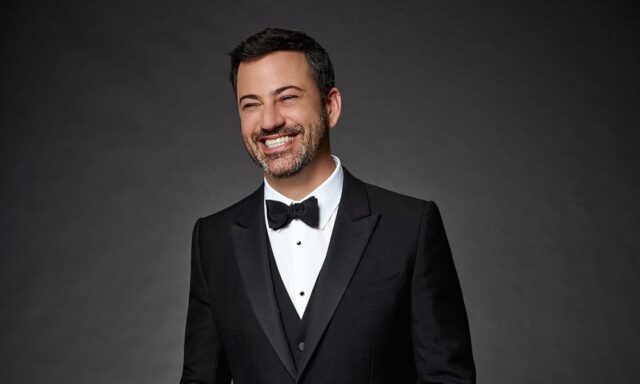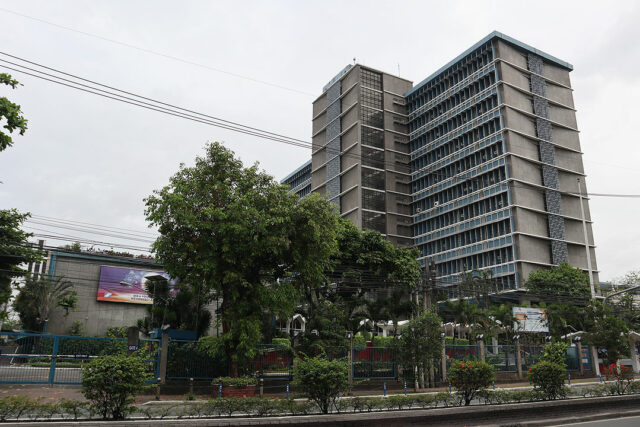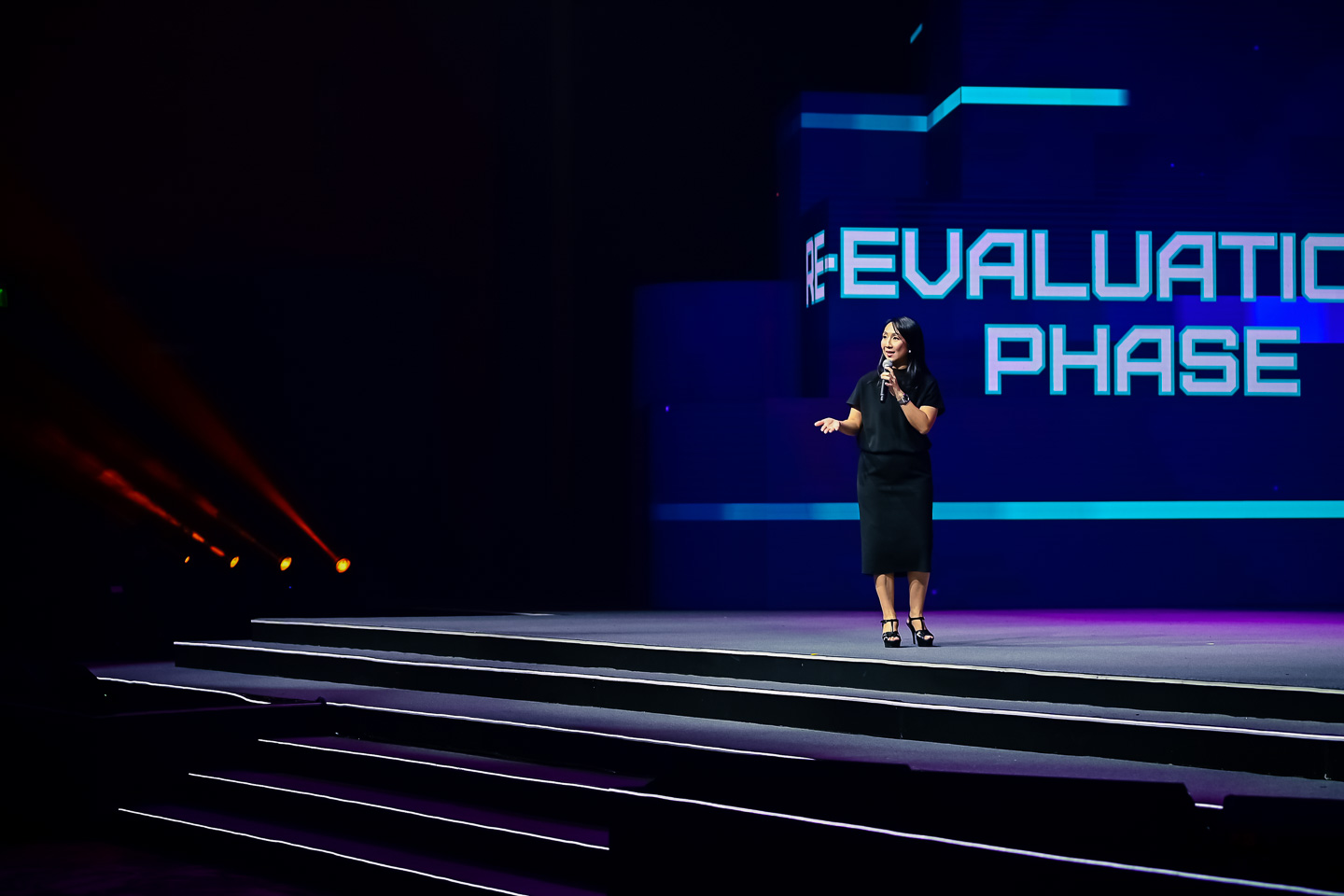Most Filipinos prefer to save money than borrow to fund large purchases
ONLY 21% of Filipinos plan to borrow or use credit to make purchases in the coming months, based on a study from TransUnion Philippines.
“The decision to avoid the future use of credit is indicative of a conservative financial mindset, where it isn’t always understood and seen as an opportunity for economic mobility,” TransUnion Philippines President and Chief Executive Officer Pia Arellano said in a statement.
“This coincides with a longstanding stigma across our nation surrounding credit, as it’s often viewed as a gateway to bad unmanageable debt and financial irresponsibility,” Ms. Arellano added.
Based on TransUnion Philippines’ Credit Perception Index (CPI) study, about 79% of respondents said they considered themselves to have a strong understanding of their finances.
About 72% said they can easily afford their daily necessities. But half (51%) of the respondents often find themselves with limited money at the end of every month.
“In terms of their expectations on how their finances will change in the future, most respondents indicated a desire to save more, as they expect their household incomes to rise,” TransUnion Philippines said.
“However, few respondents had plans to borrow or use credit to make purchases in the future. In fact, 21% reported plans to do so in the next three months, 21% in the next year, and 24% in the next five years,” it added.
Meanwhile, more than half of the respondents (57%) are open to learning more innovative ways of transacting.
About 41% said they are comfortable paying for big purchases either with one-time payments or through installments.
Most respondents (90%) said they would be open to use more credit-based products in the future if they are informed about how credit influences loan approvals and job applications.
“This presents an opportunity for the formal financial sector to bridge any misperceptions that Filipinos might have about responsible credit use through credit education,” TransUnion Philippines said.
The study also revealed that banks and other financial institutions are not the most preferred sources for credit information among the Gen Z and millennials, even as they are seen to be credible.
Family and friends were the most preferred sources for credit information among the Gen Z (66%) and millennials (69%).
On the other hand, banks and financial institutions were the most preferred source of information of credit products among Gen X (71%) and boomers (79%).
“For younger generations who are just beginning to build wealth, the formal financial sector must focus its efforts on educating Filipinos about how the responsible use of credit can help them achieve their goals in life. Alongside the promotion of good financial habits, the responsible use of credit can help more Filipinos enjoy economic mobility by enabling them to access opportunities for better lives,” Ms. Arellano said.
Across generations, most Filipinos consider themselves lower middle class, TransUnion Philippines said.
The study showed the majority (71%) of respondents consider themselves to be middle class. Most respondents from Gen Z (45%), millennials (49%), Gen X (51%), and boomers (48%) identified themselves part of the lower middle class.
According to TransUnion Philippines, this may be attributed to views on personal wealth, as more than a third of the population (39%) see themselves as having low total wealth. — Keisha B. Ta-asan

















